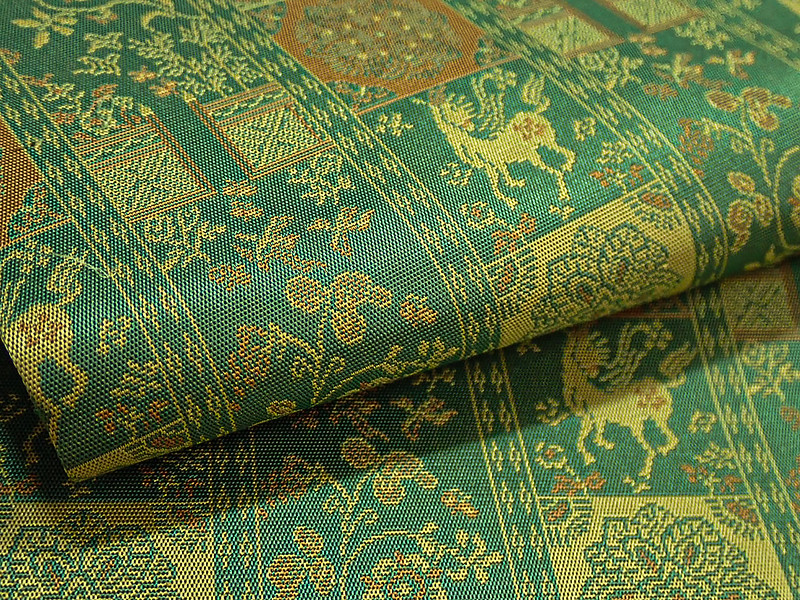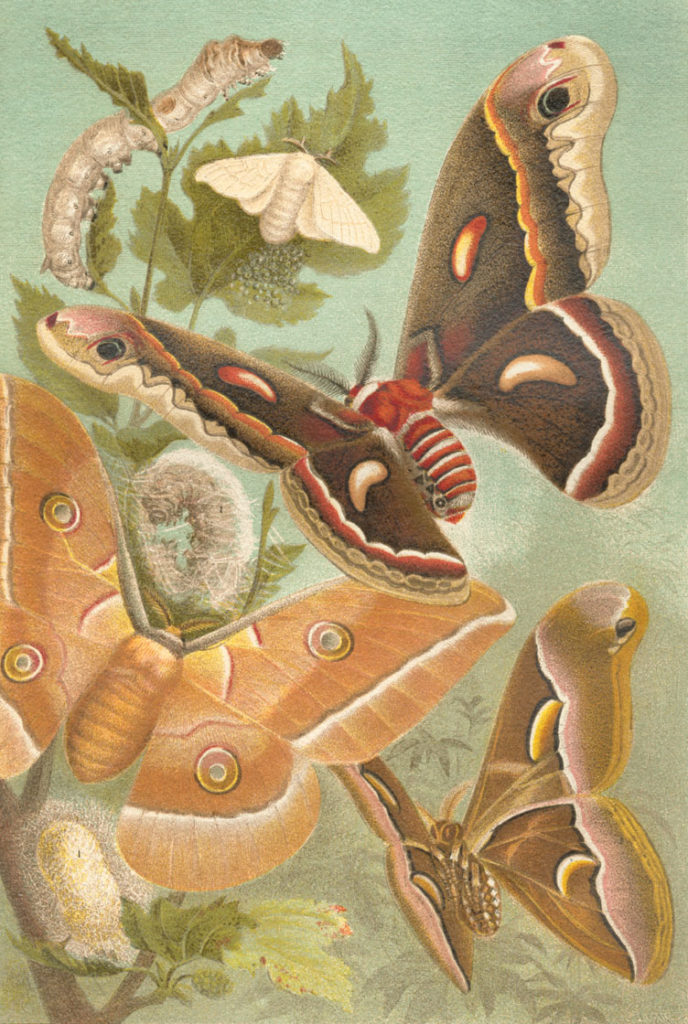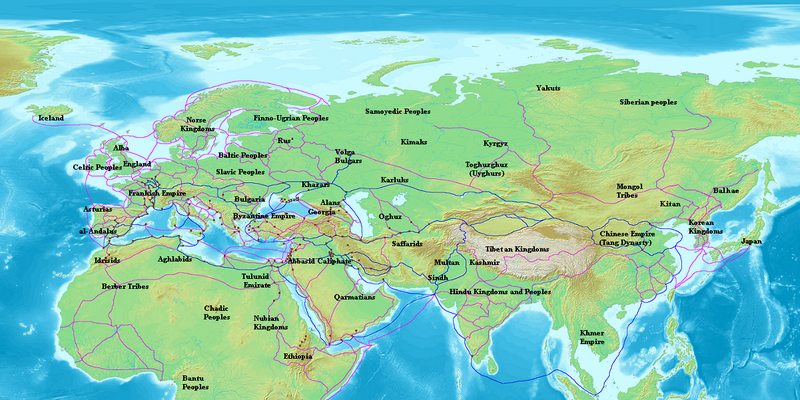
Japan and the Silk Road
Silk is produced using fibroin, an insoluble protein created by some insect larvae to form cocoons. It is a natural protein fiber with some forms that can be woven into beautiful textiles. Silk fabric can be traced back to ancient China with the earliest examples dating back to 3630 BCE, when it was used to wrap the body of a child at the Yangshao site at Xingyang, Henan.
Silk was made especially for Chinese emperors and given out as presents. The popularity of silk spread far and wide because many coveted the intricate beauty, softness, and sheen of the fabric. Silk became a luxury fabric and was much in demand.
The practice of harvesting silk was introduced in Japan in 199 CE when a Chinese man came to the country bringing with him a cluster of silkworm eggs. Japanese silk making techniques were further refined. It wasn’t long before Japanese silk became widely distinguished for being of the finest quality.
Silk Road.| Briangotts
The Silk Road was an ancient network of trade routes both terrestrial and maritime that connected the Asia with the Middle East and southern Europe. It was an integral aspect in bringing cultural interaction between far lying regions for many centuries. The Silk Road derived its name from the lucrative trade in silk that was one of the main commodities carried along the entire length starting from China’s Han dynasty (207 BCE to220 CE). Japan’s Asakusa period (538 to 710 CE) saw the arrival of official delegations, builders, engineers, medical experts, sculptors, Buddhist priests, among others, who came to Japan from Korea. Goods from Central Asia soon made their way to Japan on the Silk Road from China and Korea. Trade links between Japan and Central Asia were well established by the Nara Period (710 to 794 CE). According to UNESCO: “Japan is one of the major countries in the eastern terminus of the historical Silk Roads that is well-known throughout the ages for its traditions, wealth and stunning art while it was far from the foreign visitors’ access.”
Japanese silk.
The Silk Road contributed into introducing to Japan more than just commodities from other parts of the world, but religion as well. The transmission of Buddhism to China via the Silk Road began in the 1st century CE. A legendary account tells us of an ambassador sent to the West by the Chinese Emperor Ming (58–75 BCE). During this period Buddhism began to spread throughout Southeast, East, and Central Asia. The Buddhist movement was the first large-scale missionary movement in the history of world religions, a historic testament to Japan’s culture and way of life.



